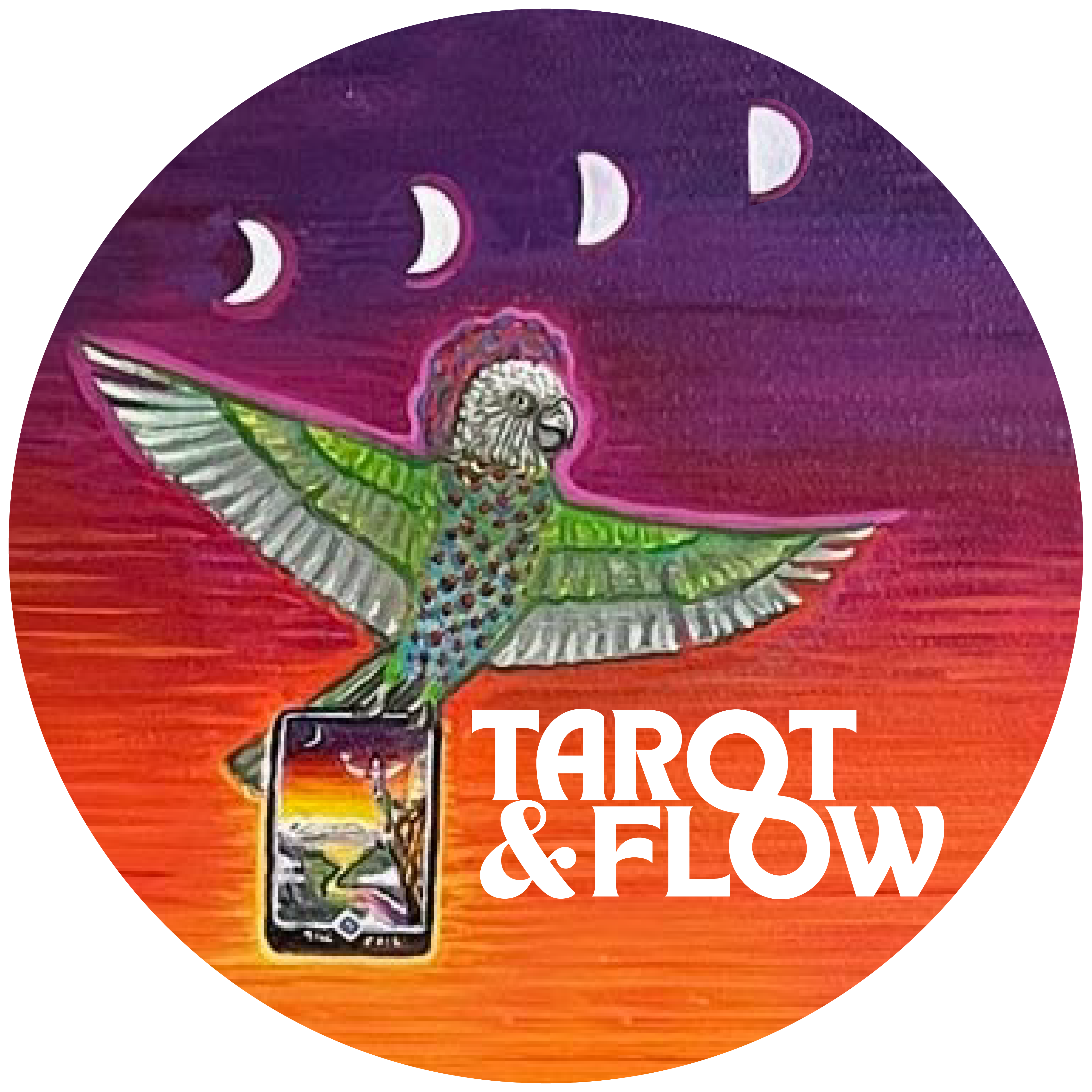30 Principles of the Tarot and Flow Approach to Tarot Practice.
- Tarot is a self-love practice.
- Tarot is shuffling prayer and shuffling meditation.
- Tarot practice balances the left and right brain and brings flow states.
- Tarot practice strengthens intuition and psychic ability.
- Tarot practice is altar practice.
- Tarot practice is artistic and creative.
- Strong reactions to cards, both positive and negative are very helpful.
- Tarot helps you work with shadow material.
- Tarot helps develop your strong intuitive yes and intuitive no.
- The best Tarot sessions happen in trance states.
- The perfect pull is the card you aren’t even aware of pulling.
- No Second Guessing!
- Cards that come repeatedly are important.
- Cards that never come, and then do for the first time, are important
- Don’t rely on the book or someone else’s interpretation.
- Studying tarot is very different from practicing tarot.
- Don’t worry about reversed cards
- Tarot is a practice of trust. Trusting the pull of the card, and trusting yourself.
- Tarot practice is about developing a love language with your higher self.
- The pull of the cards (and the pull of the sky) is the pull of your loving higher self.
- Tarot practice inevitably leads to astrology and a love of the sky.
- Higher frequency consciousness is ideal for tarot practice.
- Tarot practice is super helpful for low frequency/ contracted states of consciousness.
- Let go of the structure of the spread, and trust the flow of your imagination.
- Tarot brings healing through art, images and reverie states.
- Tarot is a mirror, a sacred Rorschach test.
- Let the cards expand and change their meanings.
- Tarot cards mirror the evolution and changing nature of the Self.
- Tarot invites you to dance and surrender to your nature as an ever evolving being.
- The 78 cards of Tarot are each a representation of the Fool and their journey through life.
